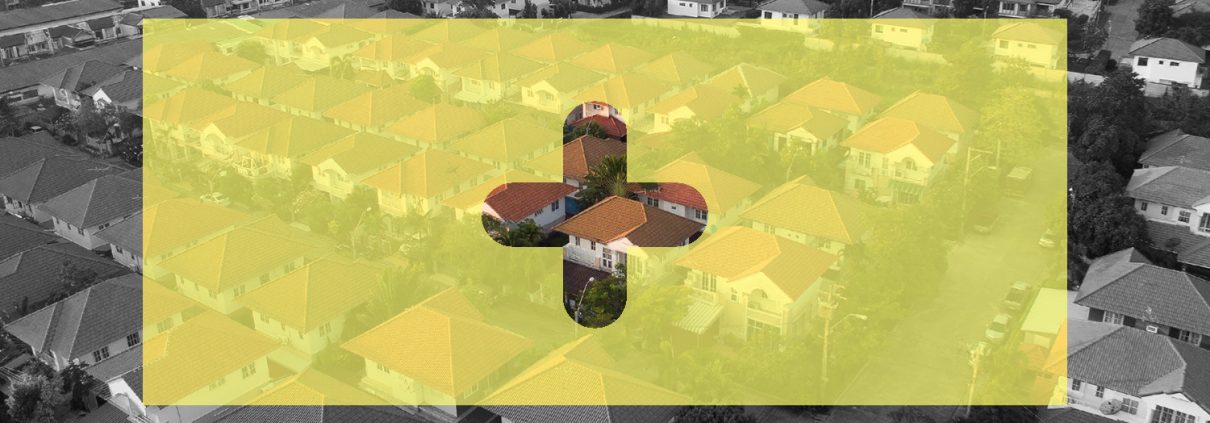What is a Microgrid?
Energy is an increasingly common topic these days. With prices going up and supply reliability decreasing in many areas of Australia, particularly eastern Australia, people are fed up. Therefore, some communities are looking to take advantage of the push towards renewable energy and implement a large-scale shift away from the centralised power system.
Australia is known for its wide-open spaces. Vast areas of bush and desert between civilisation. A population of 24.6 million, spread across 7.692 million km2. Our land offers something unique and enticing. The great southern land. However, it also offers a unique problem. The Australian energy distribution network must travel long distances to reach your homes and businesses.
As more commonly known these days, poles and wires are the most expensive cost of the energy network and that cost is relayed to the customer. Remote areas often still rely on diesel power which is both expensive and requires long distance transportation.
Along comes the microgrid. Avoiding the need for long distance networks, a microgrid produces power locally. Providing towns on the edge of the power grid and remote areas reliable and affordable energy. Integrated with renewable sources, microgrids also reduce the environmental impact of traditional grid supply.
Essentially a microgrid is an independent energy system generating, storing and managing distribution/demand. The biggest advantage of a microgrid is its ability to be located within a closer proximity to the area of supply. Making it more viable for rural areas and as mentioned increasing the reliability of the power supply, reducing transmission losses found over distance. Offering local control over power quality and supply.
Advances in solar battery technology and increases in renewable energy means solar integrated microgrids already make sense in Australia. And we are going to be seeing much more of it in the future.
Sunbank Solar – Do more with your solar.







